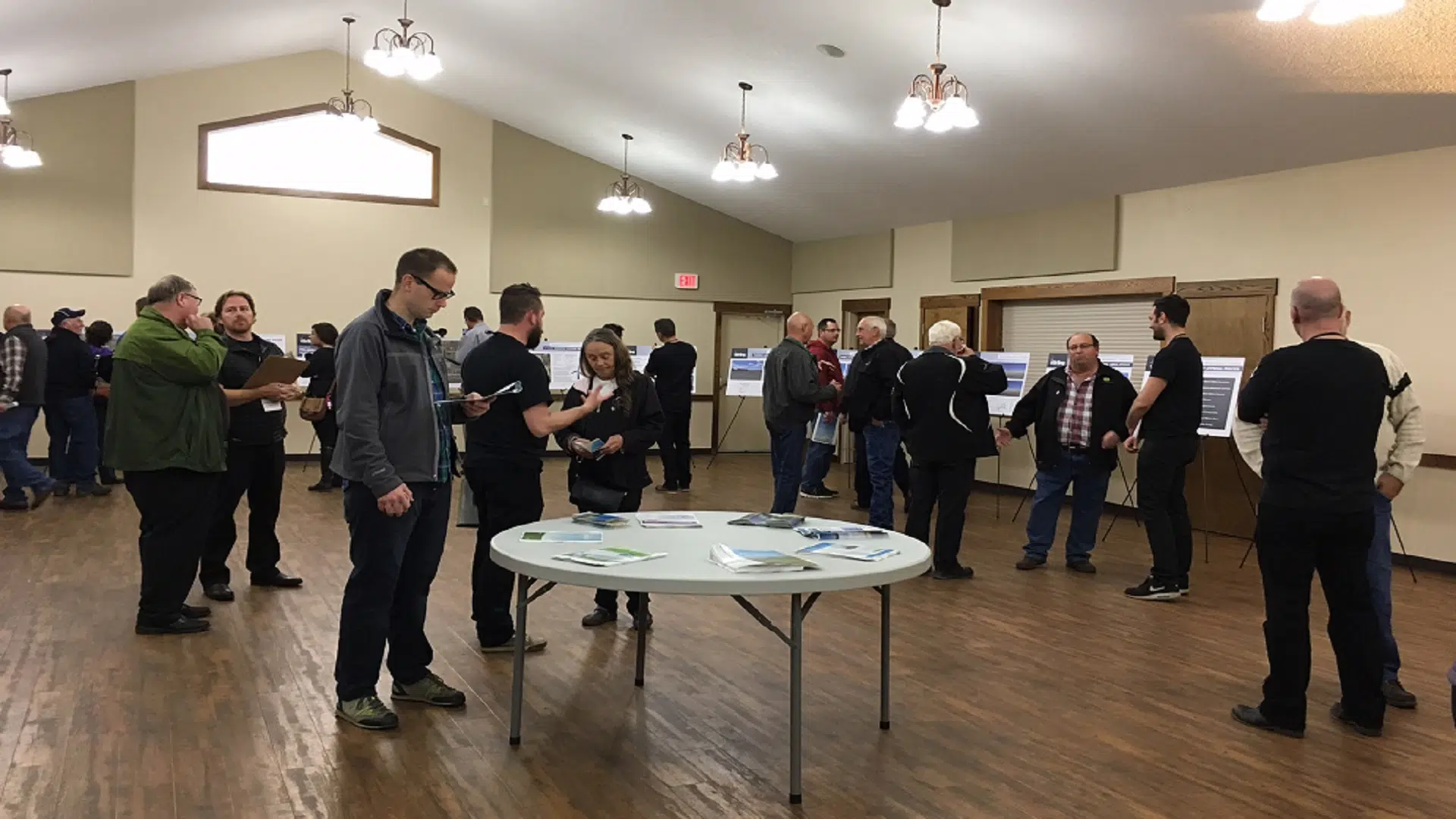
Proposed Stirling Wind Farm draws questions from several angles
STIRLING – An information session on a proposed wind farm slated for just east of Stirling brought out about 40 concerned area residents Tuesday night.
The residents, two MLA’s and members of the Councils for Lethbridge County and the County of Warner, were greeted by reams of information and strategically placed story boards. Greengate Power, which is behind the project, had company president and CEO Dan Balaban on hand, along with about 10 employees who circulated the room, engaging the attendees and answering questions.
Voices were aired, both for and against the Stirling Wind Project, which Greengate has been working on since 2008.
Company CEO, Dan Balaban, notes this isn’t Greengate’s first foray into wind farming.


